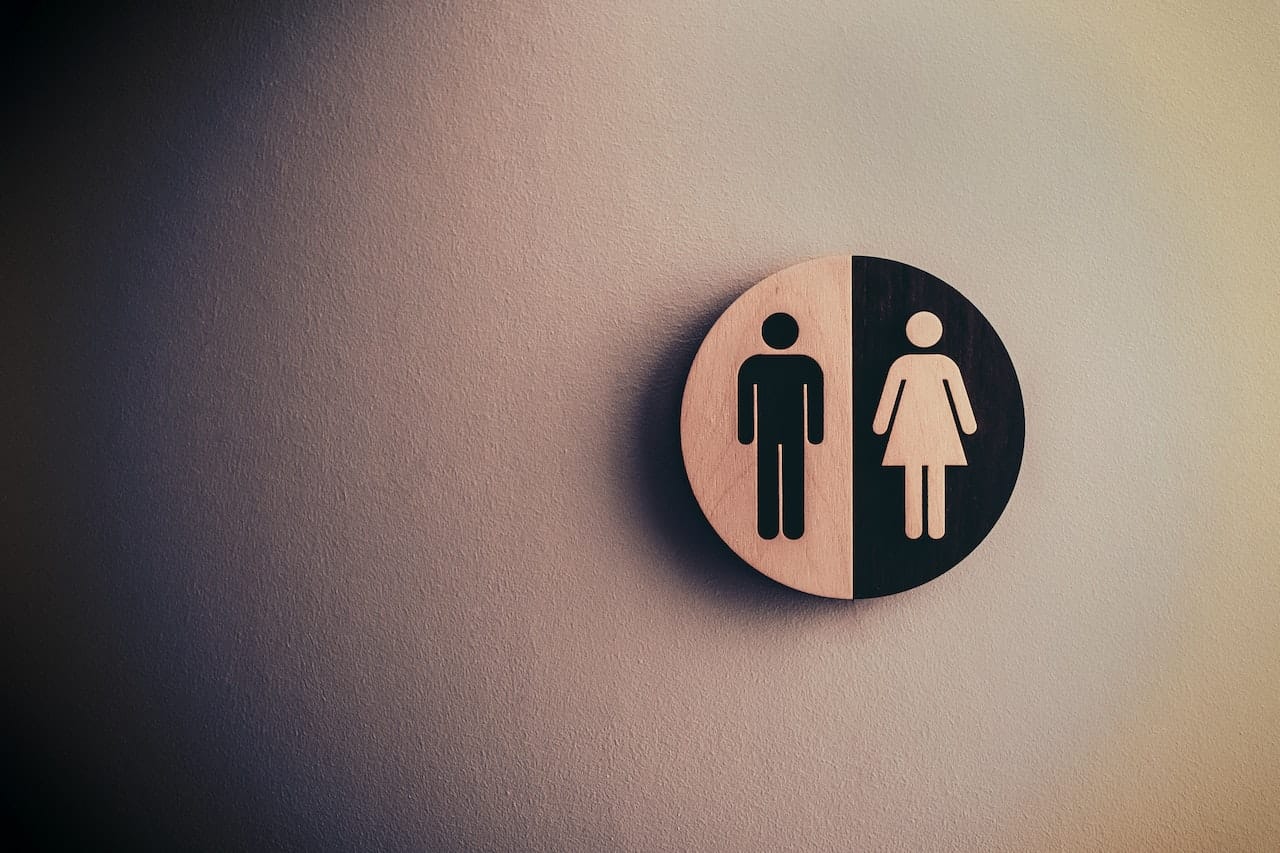Spinal cord injuries can have profound effects on various bodily functions, and one area that is significantly impacted is the bladder. When the spinal cord, a crucial bundle of nerves that carries messages between the brain and the rest of the body, is injured, it can disrupt the normal functioning of the bladder. This disruption often leads to bladder issues following a spinal cord injury, presenting individuals with unique challenges to overcome. Find out more about bladder issues following a spinal cord injury and how to make a serious injury claim with us at National Claims in this article.
How Does a Spinal Cord Injury Affect the Bladder?
To understand the impact of a spinal cord injury on the bladder, it’s essential to grasp the normal bladder function. In a healthy individual, the brain sends signals to the spinal cord, which then relays those messages to the bladder. The bladder muscles contract to release urine when it’s convenient, and the sphincter muscles around the bladder neck relax to allow urine to pass out.
However, when the spinal cord is injured, these communication pathways can be severed or damaged, leading to disruptions in the bladder’s normal function. Depending on the level and severity of the injury, individuals may experience different types of bladder issues, such as neurogenic bladder.
Neurogenic bladder is a condition where the nerves that control the bladder are affected, resulting in problems with storage and emptying urine. It can manifest in two ways: a flaccid bladder or a spastic bladder. A flaccid bladder occurs when the nerves that control the bladder are unable to contract, causing the bladder to become overfilled. On the other hand, a spastic bladder happens when there is increased activity in the nerves controlling the bladder, leading to involuntary contractions and urinary urgency.
The consequences of these bladder dysfunctions can be troublesome. Individuals with a flaccid bladder may struggle with urinary retention, where they have difficulty emptying their bladder completely. This can lead to urinary tract infections, kidney damage, or bladder stones if left untreated. Conversely, those with a spastic bladder may experience urinary frequency, urgency, and incontinence, which can be socially and emotionally challenging.
Regaining Bladder Control after Spinal Cord Injury
Regaining bladder control after a spinal cord injury is a complex process that requires patience, perseverance, and often a multidisciplinary approach. Rehabilitation programs tailored to the individual’s needs play a crucial role in assisting them in recovering as much bladder function as possible.
One commonly employed technique is intermittent catheterization, where individuals use a catheter to empty their bladder at regular intervals. This approach helps prevent complications associated with an overfilled bladder and maintains bladder health. Learning the proper technique and establishing a routine can significantly improve an individual’s quality of life by reducing the risk of infections and discomfort.
Additionally, medications may be prescribed to manage bladder dysfunction following a spinal cord injury. These medications can help relax the bladder muscles, decrease bladder spasms, or increase bladder capacity. By working with healthcare professionals, individuals can find the right medication and dosage that suits their specific needs, improving their bladder control and overall comfort.
In some cases, advanced interventions may be necessary. Surgical procedures such as bladder augmentation or urinary diversion may be considered to address severe bladder dysfunction. These interventions involve modifying the bladder’s structure or rerouting urine flow to alleviate symptoms and enhance an individual’s ability to manage their bladder effectively.
The Emotional Impact and Coping Strategies
Dealing with bladder issues following a spinal cord injury extends beyond the physical challenges. The emotional impact can be significant, as individuals may experience frustration, embarrassment, or a loss of independence. It is essential to address these emotional aspects and provide appropriate support.
Engaging in counselling or support groups can offer a safe space to discuss concerns, share experiences, and receive guidance from others who have faced similar challenges. Connecting with individuals who understand their struggles can help individuals regain confidence and develop coping strategies to navigate daily life with bladder issues.
Furthermore, incorporating adaptive strategies into one’s routine can help mitigate the impact of bladder issues. Planning activities around regular catheterization or identifying accessible restroom facilities in advance can provide a sense of control and reduce anxiety. By adapting their environment and developing effective strategies, individuals can regain a sense of independence and manage bladder issues more effectively.
Making a Serious Injury Claim
Suffering a spinal cord injury and experiencing bladder issues can have a significant impact on an individual’s life. In many cases, these injuries occur due to accidents or incidents caused by the negligence of others. When faced with such circumstances, it is crucial to understand the options available for seeking compensation through a serious injury claim.
Understanding the Claims Process
Making a serious injury claim involves navigating the legal process to pursue compensation for the physical, emotional, and financial consequences of the spinal cord injury and associated bladder issues. It is advisable to consult with us National Claims, where we specialise in spinal cord injury cases. We can guide individuals through the claims process and ensure their rights are protected.
Gathering Evidence
A successful serious injury claim relies on strong evidence to establish liability and quantify the damages suffered. Gathering relevant evidence related to the accident or incident that caused the spinal cord injury is crucial. This may include medical records, expert testimonies, accident reports, witness statements, and any other documentation that supports the claim.
Assessing Damages
Bladder issues following a spinal cord injury can result in substantial damages, including medical expenses, ongoing rehabilitation costs, loss of income, pain and suffering, and diminished quality of life. We will work with medical professionals and experts to assess the full extent of the damages and ensure that no aspect is overlooked when seeking compensation.

Conclusion
Bladder issues following a spinal cord injury can have a profound impact on an individual’s life, requiring comprehensive medical care, rehabilitation, and support. In such cases, making a serious injury claim can be crucial to seek compensation for the physical, emotional, and financial consequences of the injury. By understanding the legal process, gathering strong evidence, assessing damages accurately, and negotiating a fair settlement, individuals can ensure their rights are protected and obtain the compensation they deserve. Seeking the guidance of National Claims is vital to navigate the complexities of the legal system and maximise the chances of a successful claim.
Get in contact with us today and start your claim and find out more about how we can help you with your spinal cord injury.
Click below to see why we are one of the most trusted claims management companies in the UK.

We’re proud of our excellent customer reviews
We thrive on delivering exceptional service and ensuring our clients’ satisfaction. Don’t just take our word for it. Check out some of our independent reviews to see what our clients have to say.
Excellent

This firm is excellent, they sorted out my car pay out and injury claim very fast, they always communicate with you all the time.

My accident case was dealt with confidence and with great result of the outcome, especially James kept me informed all the time.

I was very impressed at the way my inquiry was treated. I was listened to attentively and everything I needed to know was explained to me.






